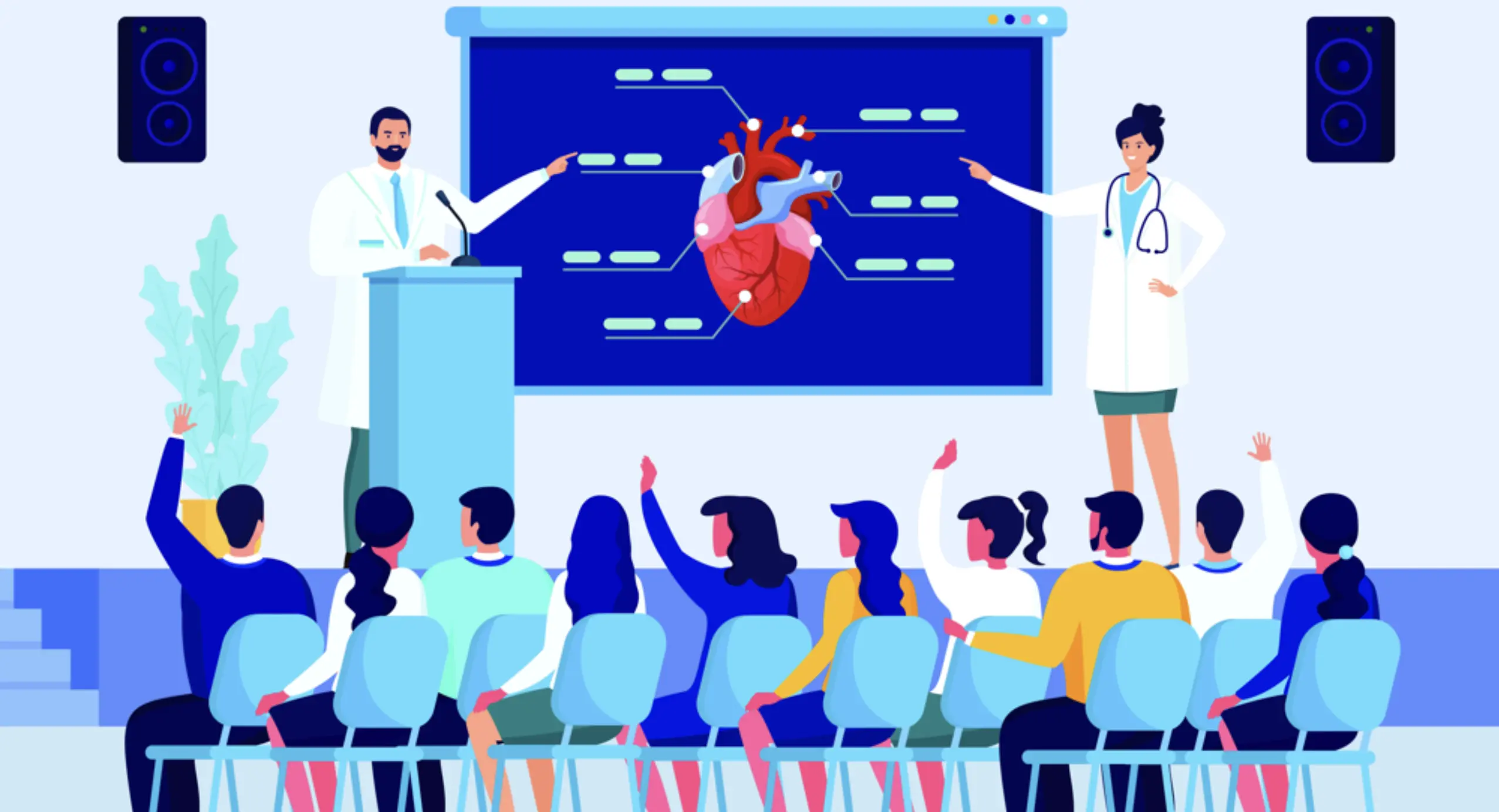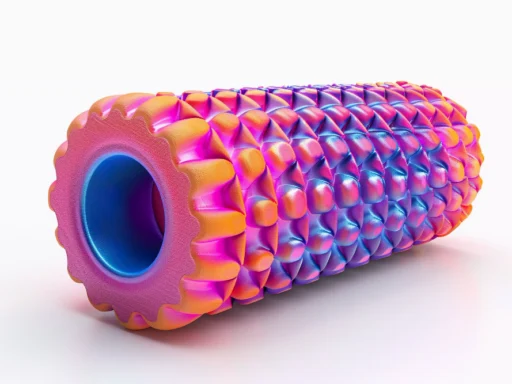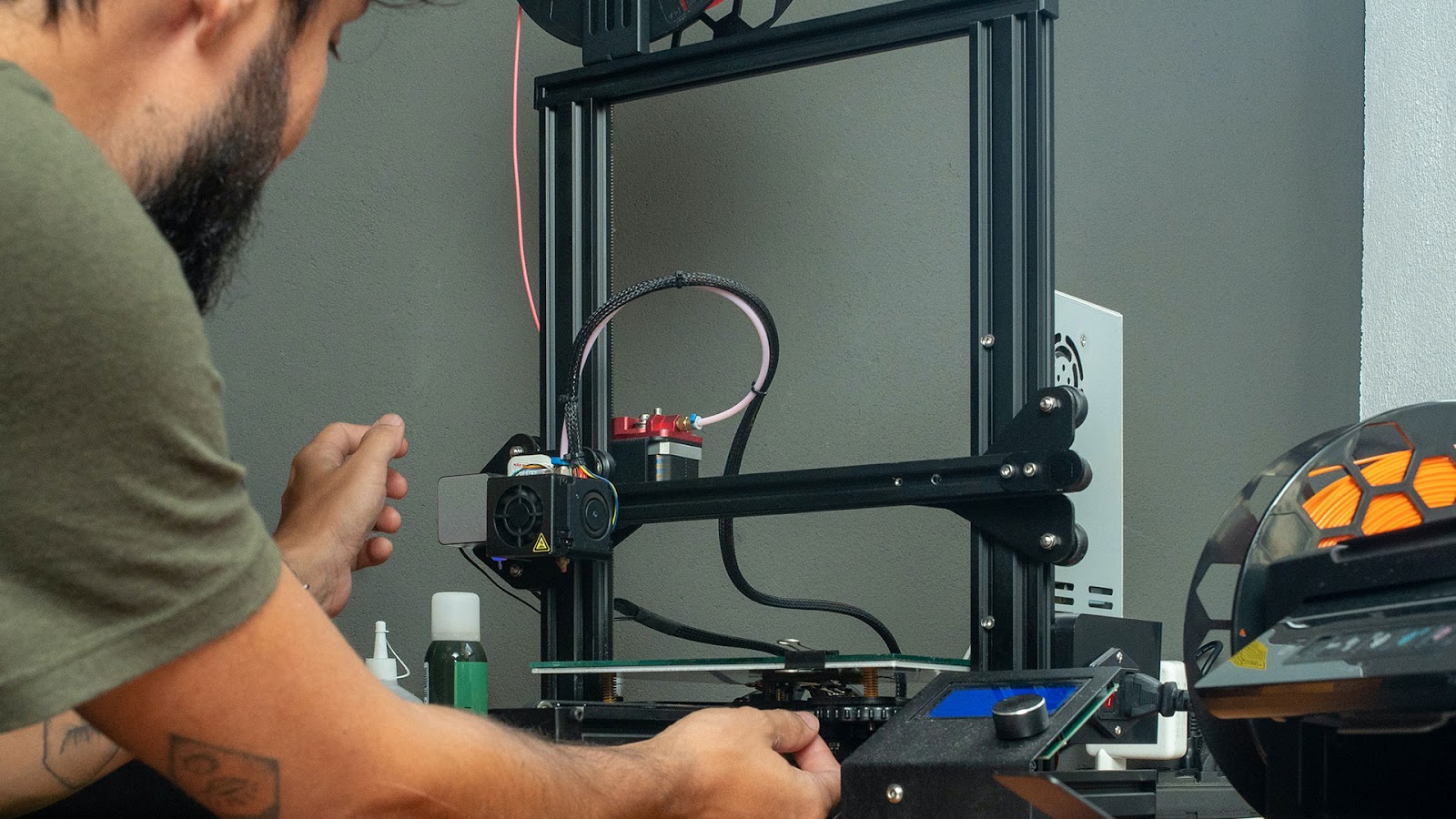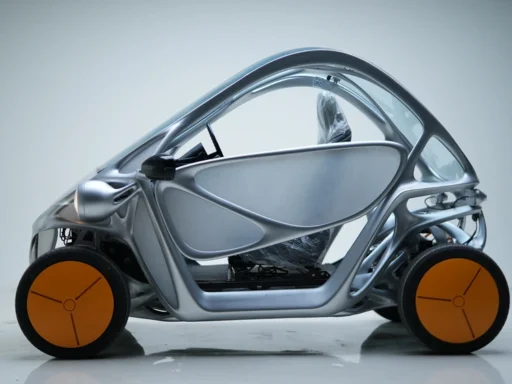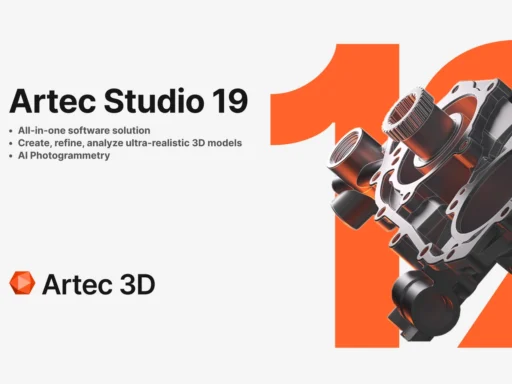Researchers at Nottingham Trent University (NTU) have created true-to-life model hearts and lungs, able to beat, breathe, and bleed, to help in surgical training for heart transplants. Led by senior research fellow Richard Arm, the team used 3D printing technology and 3D scan data from both a heart failure patient and a donor in full health to create ultra-realistic models. Presented at the Society for Cardiothoracic Surgery on March 18, the research is astonishing in both its meaning and function.
The models, made of silicone gels, fabrics, and fibers, precisely mimic the tactile qualities of real human organs, allowing surgeons to practice procedures such as incisions through the pericardium and blood vessels. Surgeons in training can learn all the intricacies of implanting a healthy donor heart, which may differ in size and shape from the diseased one, as the models feature bleeding vessels for a lifelike experience. Now this is a kind of news to make anyone’s heart go faster.
Richard Arm, from the Nottingham School of Art & Design, explained, “The aim is to give surgeons the opportunity to learn the technical aspects of organ transplant surgery and experience the tactile aspects of removing a failing heart and connecting a different healthy one.” In turn, Adele Lambert, chairperson at the Freeman Heart and Lung Transplant Association (FHLTA), recognized its fantastic potential, “The FHLTA are proud to help fund this project as we look to the future of transplantation, we know that this innovative research will help to improve surgeons’ techniques for organ transplantation.”
